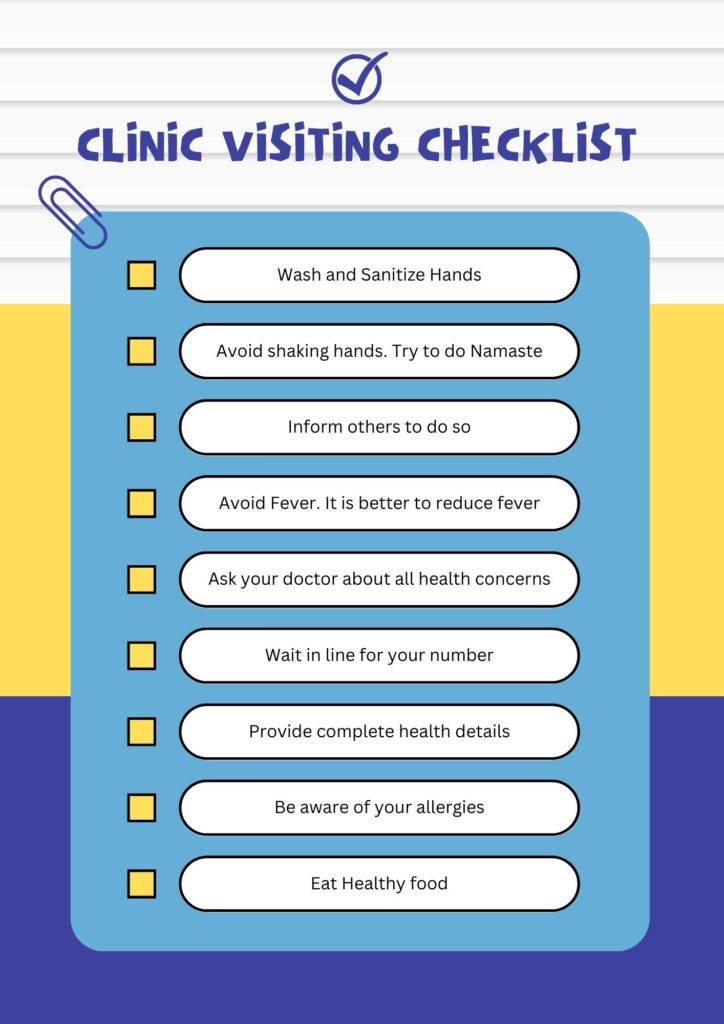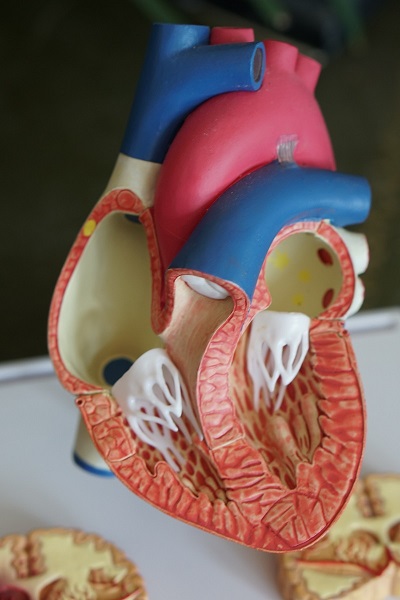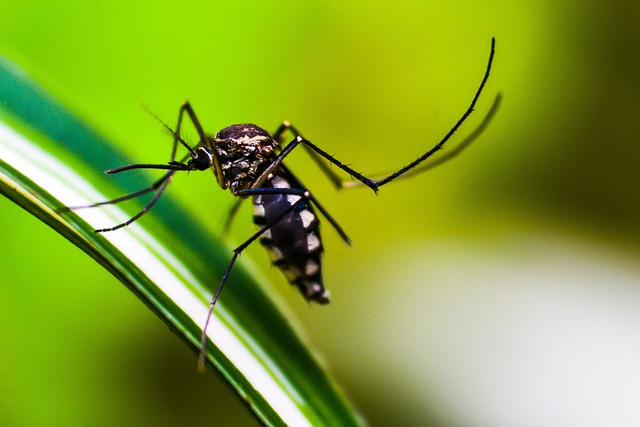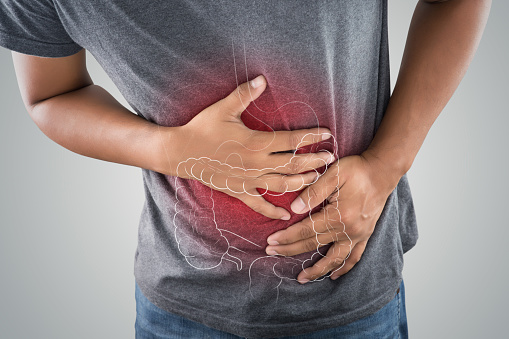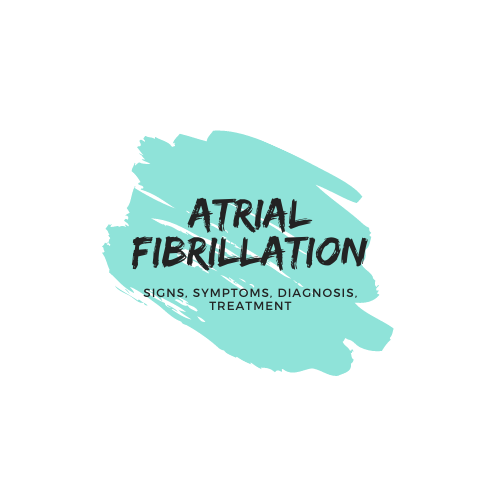A heart attack, also known as a myocardial infarction (MI), is a serious and potentially life-threatening condition. It occurs when the blood flow to the heart is blocked or significantly reduced. The heart is a vital organ responsible for pumping oxygenated blood throughout the body, and any disruption to its function can lead to serious health consequences. In this article, we will discuss the causes, symptoms, diagnosis, treatment, and prevention of heart attacks.

Table of Contents
- Causes of a Heart Attack
- Risk factors
- Symptoms of Heart Attack
- Diagnosis of a Heart Attack
- Treatment of a Heart Attack
- Prevention of a Heart Attack
- Conclusion
- References
- मराठी मध्ये
- हृदयविकाराच्या झटक्याची कारणे
- जोखीम घटक
- हृदयविकाराच्या झटक्याची लक्षणे
- हृदयविकाराच्या झटक्याचे निदान
- हृदयविकाराचा झटका उपचार
- हृदयविकाराचा झटका प्रतिबंध
- निष्कर्ष
Causes of a Heart Attack
A heart attack occurs when the blood flow to the heart is blocked or significantly reduced. This is usually caused by the buildup of plaque. Plaque is a substance made up of cholesterol, fat, and other substances that can accumulate in the arteries over time. Plaque buildup can lead to the formation of a blood clot. It can block blood flow to the heart. In some cases, a heart attack can also be caused by a spasm in the coronary artery, which can cause it to narrow or close off completely.
Risk factors
There are several factors that can increase a person’s risk of having a heart attack, These are:
- Age
- Gender
- Family history
- Smoking
- High blood pressure
- High cholesterol
- Diabetes
- Obesity and
- a sedentary lifestyle.
Men are more likely to have a heart attack than women, and the risk increases with age. People with a family history of heart disease are also at a higher risk.

Symptoms of Heart Attack
The symptoms of a heart attack can vary from person to person, and some people may not experience any symptoms at all. However, common symptoms of a heart attack include:
- Chest pain or discomfort that may feel like:
- pressure
- squeezing
- or fullness.
- The pain may also radiate to the arms, neck, jaw, back, or stomach. Other symptoms may include
- shortness of breath,
- lightheadedness,
- nausea,
- sweating, and
- a sense of impending doom.
Diagnosis of a Heart Attack
If a heart attack is suspected, a doctor will perform a physical exam, review the patient’s medical history, and order tests to confirm the diagnosis. These tests may include:
- An electrocardiogram (ECG). It measures the electrical activity of the heart,
- A blood test to check for enzymes released during an attack, and
- Imaging tests such as an echocardiogram or a cardiac catheterization.
Treatment of a Heart Attack
The treatment for a heart attack will depend on the severity of the condition and the extent of the damage to the heart muscle. In some cases, treatment may involve medications to relieve symptoms and prevent further damage to the heart. These medications may include:
- Aspirin
- nitroglycerin
- beta-blockers,
- and angiotensin-converting enzyme (ACE) inhibitors.
If the blockage is severe, a doctor may recommend a procedure called percutaneous coronary intervention (PCI), which involves inserting a catheter into the blocked artery and using a balloon or stent to open it up. In more severe cases, surgery may be necessary, such as coronary artery bypass grafting (CABG).
Prevention of a Heart Attack
There are several steps that people can take to reduce their risk of having an attack. These include:
- Quitting smoking or using tobacco products.
- Eating a healthy diet that is low in saturated and trans fats, cholesterol, and salt, and high in fruits, vegetables, whole grains, lean protein, and healthy fats.
- Maintaining a healthy weight and exercising regularly.
- Managing high blood pressure, high cholesterol, and diabetes.
- Managing stress through techniques such as meditation, yoga, or deep breathing exercises.
- Limiting alcohol consumption.
- Taking medications as prescribed by a doctor.
Conclusion
In conclusion, the treatment of a heart attack is a complex process that requires prompt and appropriate medical intervention to prevent serious damage to the heart muscle. The goal of treatment is to restore blood flow to the heart as quickly as possible and prevent further complications. Medications, such as aspirin, nitroglycerin, beta-blockers, and ACE inhibitors, may be used to relieve symptoms and prevent further damage. Procedures, such as PCI or CABG, may be necessary to open up blocked arteries and restore blood flow. After treatment, lifestyle changes and ongoing medical care are crucial to prevent future heart attacks and maintain heart health.
References
ChatGPT. “1000 words on heart attack.” OpenAI, 4 May 2023, https://openai.com/.
“Myocardial infarction.” Wikipedia, The Free Encyclopedia. Wikimedia Foundation, Inc., 21 Apr. 2023, https://en.wikipedia.org/wiki/Myocardial_infarction.
मराठी मध्ये
हृदयविकाराचा झटका, ज्याला मायोकार्डियल इन्फेक्शन (MI) म्हणून देखील ओळखले जाते, ही एक गंभीर आणि संभाव्य जीवघेणी स्थिती आहे. जेव्हा हृदयातील रक्त प्रवाह अवरोधित होतो किंवा लक्षणीयरीत्या कमी होतो तेव्हा असे होते. हृदय हा एक महत्वाचा अवयव आहे जो संपूर्ण शरीरात ऑक्सिजनयुक्त रक्त पंप करण्यासाठी जबाबदार आहे आणि त्याच्या कार्यामध्ये कोणत्याही व्यत्ययामुळे गंभीर आरोग्य परिणाम होऊ शकतात. या लेखात आपण हृदयविकाराची कारणे, लक्षणे, निदान, उपचार आणि प्रतिबंध यावर चर्चा करू.
हृदयविकाराच्या झटक्याची कारणे
हृदयविकाराचा झटका येतो जेव्हा हृदयातील रक्त प्रवाह अवरोधित होतो किंवा लक्षणीयरीत्या कमी होतो. हे सहसा प्लेक तयार झाल्यामुळे होते. प्लेक हा कोलेस्टेरॉल, चरबी आणि इतर पदार्थांनी बनलेला पदार्थ आहे जो कालांतराने रक्तवाहिन्यांमध्ये जमा होऊ शकतो. प्लेक तयार झाल्यामुळे रक्ताची गुठळी तयार होऊ शकते. हे हृदयात रक्त प्रवाह रोखू शकते. काही प्रकरणांमध्ये, हृदयविकाराचा झटका कोरोनरी धमनीमध्ये उबळ झाल्यामुळे देखील येऊ शकतो, ज्यामुळे ती अरुंद होऊ शकते किंवा पूर्णपणे बंद होऊ शकते.
जोखीम घटक
असे अनेक घटक आहेत जे एखाद्या व्यक्तीला हृदयविकाराचा झटका येण्याचा धोका वाढवू शकतात, हे आहेत:
- वय
- लिंग
- कौटुंबिक इतिहास
- धुम्रपान
- उच्च रक्तदाब
- उच्च कोलेस्टरॉल
- मधुमेह
- लठ्ठपणा आणि
- एक बैठी जीवनशैली.
- स्त्रियांपेक्षा पुरुषांना हृदयविकाराचा झटका येण्याची शक्यता जास्त असते आणि वयानुसार धोका वाढतो. हृदयविकाराचा कौटुंबिक इतिहास असलेल्या लोकांनाही जास्त धोका असतो.
हृदयविकाराच्या झटक्याची लक्षणे
हृदयविकाराच्या झटक्याची लक्षणे प्रत्येक व्यक्तीमध्ये बदलू शकतात आणि काही लोकांना कोणतीही लक्षणे जाणवत नाहीत. तथापि, हृदयविकाराच्या सामान्य लक्षणांमध्ये हे समाविष्ट आहे:
छातीत दुखणे किंवा अस्वस्थता जे असे वाटू शकते:
- दबाव
- पिळणे
- किंवा परिपूर्णता.
- वेदना हात, मान, जबडा, पाठ किंवा पोटात देखील पसरू शकते. इतर लक्षणांचा समावेश असू शकतो
- धाप लागणे,
- हलकेपणा,
- मळमळ
- घाम येणे, आणि
- येऊ घातलेल्या विनाशाची भावना.
हृदयविकाराच्या झटक्याचे निदान
हृदयविकाराचा झटका आल्याचा संशय असल्यास, डॉक्टर शारीरिक तपासणी करतील, रुग्णाच्या वैद्यकीय इतिहासाचे पुनरावलोकन करतील आणि निदानाची पुष्टी करण्यासाठी चाचण्या मागवतील. या चाचण्यांमध्ये हे समाविष्ट असू शकते:
- इलेक्ट्रोकार्डियोग्राम (ECG). हे हृदयाची विद्युत क्रिया मोजते,
- आक्रमणादरम्यान सोडलेल्या एन्झाईम्सची तपासणी करण्यासाठी रक्त तपासणी, आणि
- इमेजिंग चाचण्या जसे की इकोकार्डियोग्राम किंवा कार्डियाक कॅथेटेरायझेशन.
हृदयविकाराचा झटका उपचार
हृदयविकाराच्या झटक्यावरील उपचार हा त्या स्थितीची तीव्रता आणि हृदयाच्या स्नायूंना किती नुकसान झाले आहे यावर अवलंबून असेल. काही प्रकरणांमध्ये, उपचारांमध्ये लक्षणे कमी करण्यासाठी आणि हृदयाला होणारे पुढील नुकसान टाळण्यासाठी औषधांचा समावेश असू शकतो. या औषधांमध्ये हे समाविष्ट असू शकते:
- ऍस्पिरिन
- नायट्रोग्लिसरीन
- बीटा-ब्लॉकर्स,
- आणि एंजियोटेन्सिन-कन्व्हर्टिंग एन्झाइम (ACE) इनहिबिटर.
जर ब्लॉकेज गंभीर असेल, तर डॉक्टर पर्क्यूटेनियस कोरोनरी इंटरव्हेंशन (PCI) नावाच्या प्रक्रियेची शिफारस करू शकतात, ज्यामध्ये ब्लॉक केलेल्या धमनीत कॅथेटर घालणे आणि ते उघडण्यासाठी फुगा किंवा स्टेंट वापरणे समाविष्ट आहे. अधिक गंभीर प्रकरणांमध्ये, शस्त्रक्रिया आवश्यक असू शकते, जसे की कोरोनरी आर्टरी बायपास ग्राफ्टिंग (CABG).
हृदयविकाराचा झटका प्रतिबंध
आक्रमण होण्याचा धोका कमी करण्यासाठी लोक अनेक पावले उचलू शकतात. यात समाविष्ट:
- धूम्रपान सोडणे किंवा तंबाखूजन्य पदार्थांचा वापर करणे.
- संतृप्त आणि ट्रान्स फॅट्स, कोलेस्टेरॉल आणि मीठ कमी आणि फळे, भाज्या, संपूर्ण धान्य, पातळ प्रथिने आणि निरोगी चरबीयुक्त निरोगी आहार घेणे.
- निरोगी वजन राखणे आणि नियमित व्यायाम करणे.
- उच्च रक्तदाब, उच्च कोलेस्टेरॉल आणि मधुमेहाचे व्यवस्थापन.
- ध्यान, योग किंवा खोल श्वासोच्छवासाच्या व्यायामासारख्या तंत्रांद्वारे तणावाचे व्यवस्थापन करणे.
- अल्कोहोलचा वापर मर्यादित करणे.
- डॉक्टरांनी सांगितल्यानुसार औषधे घेणे.
निष्कर्ष
शेवटी, हृदयविकाराच्या झटक्यावरील उपचार ही एक जटिल प्रक्रिया आहे ज्यासाठी हृदयाच्या स्नायूंना गंभीर नुकसान टाळण्यासाठी त्वरित आणि योग्य वैद्यकीय हस्तक्षेप आवश्यक आहे. हृदयात रक्त प्रवाह शक्य तितक्या लवकर पुनर्संचयित करणे आणि पुढील गुंतागुंत टाळणे हे उपचारांचे ध्येय आहे. औषधे, जसे की ऍस्पिरिन, नायट्रोग्लिसरीन, बीटा-ब्लॉकर्स आणि एसीई इनहिबिटर, लक्षणे कमी करण्यासाठी आणि पुढील नुकसान टाळण्यासाठी वापरली जाऊ शकतात. ब्लॉक केलेल्या धमन्या उघडण्यासाठी आणि रक्त प्रवाह पुनर्संचयित करण्यासाठी PCI किंवा CABG सारख्या प्रक्रिया आवश्यक असू शकतात. उपचारानंतर, जीवनशैलीत बदल आणि चालू असलेली वैद्यकीय काळजी भविष्यातील हृदयविकाराचा झटका टाळण्यासाठी आणि हृदयाचे आरोग्य राखण्यासाठी महत्त्वपूर्ण आहे.



